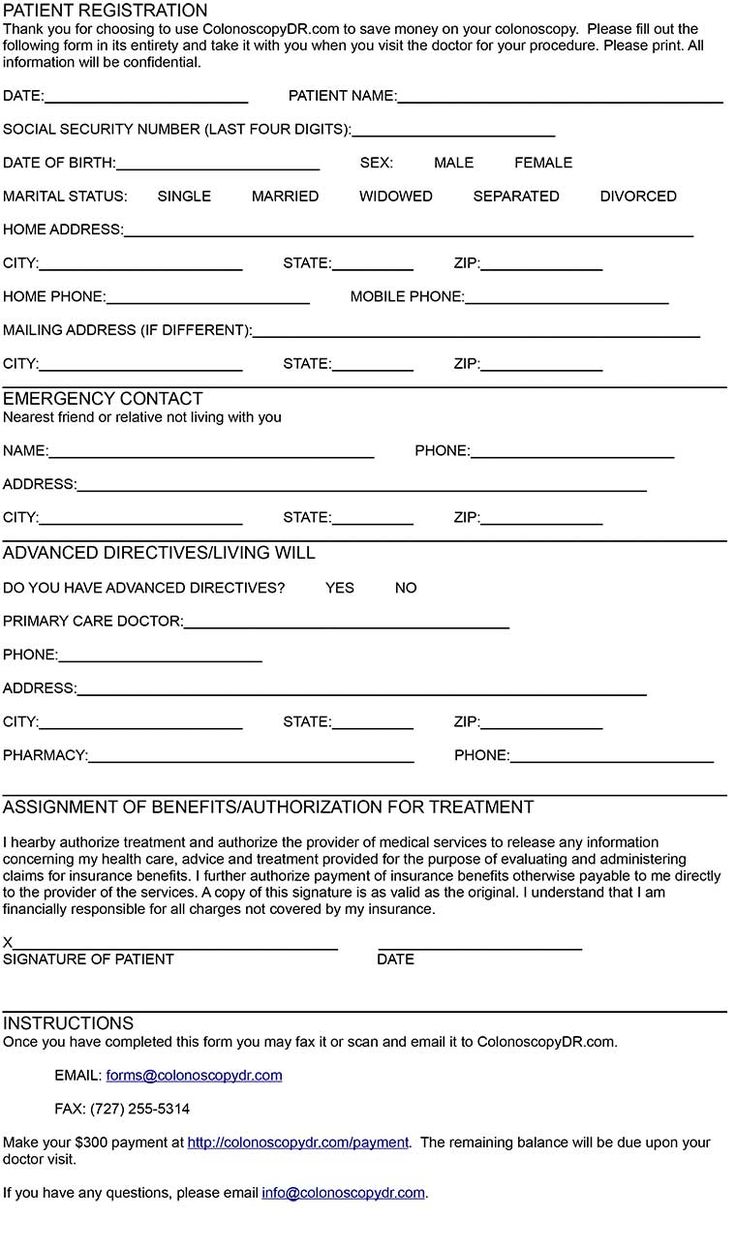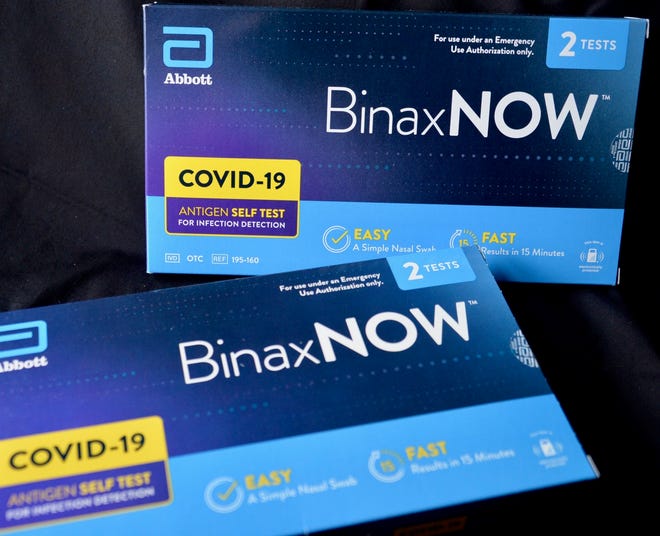When Government Orders Don't Require FAR Paperwork

Understanding the nuances of federal acquisition regulations (FAR) can be a daunting task, especially when it comes to figuring out when certain requirements do not apply. A key aspect of government contracting is knowing when the labyrinthine paperwork associated with the FAR is not necessary. This understanding can lead to a more streamlined procurement process, potentially saving time and resources while still maintaining compliance with the law.
The Basics of FAR

The Federal Acquisition Regulation (FAR) is the rulebook that governs the acquisition process by all executive agencies of the United States federal government. It includes guidelines for procurement, contract management, and various stipulations intended to ensure transparency, fairness, and cost-effectiveness in government purchasing.
Here's a brief overview:
- Purpose: To standardize and regulate the procurement process across federal agencies.
- Scope: Covers everything from purchasing goods and services to managing contracts.
- Compliance: Agencies must adhere to these regulations unless granted an exception.
When FAR Paperwork Might Not Be Required

While the FAR applies broadly to federal acquisitions, there are exceptions and circumstances where some of the typical paperwork might not be required:
Micro-Purchases

Micro-purchases represent one of the significant exceptions where the burden of paperwork can be reduced. These purchases have a simplified acquisition threshold:
- Goods: Set at 10,000 (20,000 in contingencies).
- Services: Typically, the threshold is aligned with that of goods.
When an acquisition falls under this limit, agencies can use simpler procedures:
- Typically do not require competitive quotes.
- Paperwork is minimized to a requisition and receiving report, or even a Government purchase card (GPC) statement.
💡 Note: Agencies must still ensure that the price is fair and reasonable, regardless of the micro-purchase threshold.
Interagency Agreements

When agencies engage in Interagency Agreements (IAAs), they bypass some of the traditional FAR paperwork:
- These agreements allow one agency to purchase services or goods from another.
- Often, IAAs use less formal documentation, focusing on agreement terms rather than extensive contract paperwork.
✏️ Note: Interagency agreements still require documenting the purpose, scope, roles, and costs involved.
Existing Contracts

For existing contracts, especially indefinite-delivery/indefinite-quantity (IDIQ) contracts:
- Additional orders or task orders might require less paperwork since the overarching contract already exists.
- However, documenting the order specifics, like statement of work or scope of services, is still necessary.
🔒 Note: New orders under existing contracts still need to follow competition requirements if applicable.
Emergency Situations

In emergency situations, such as during natural disasters, national defense crises, or urgent public health concerns, agencies can expedite procurement:
- FAR 18.2 and other provisions allow for the relaxation of usual acquisition regulations.
- Procedures like sole-source acquisitions, simplified procedures, and the use of emergency acquisition flexibilities become more permissible.
🚑 Note: Emergency procurement does not exempt agencies from later documenting the justifications for their expedited actions.
Small Business Set-Asides

When acquisitions are set aside for small businesses, paperwork requirements can be less stringent:
- Can streamline the competition process, reducing paperwork.
- Agencies can consider only small businesses for the contract, potentially simplifying the proposal evaluation process.
🏅 Note: Small business set-asides still require agencies to follow the general rules of competition within that category.
GSA Schedules

GSA Schedules (Federal Supply Schedules or GSA contracts) offer another avenue to reduce the FAR documentation:
- Contracts pre-negotiated by the General Services Administration.
- Allows agencies to order directly from these contracts without extensive competition or paperwork.
📦 Note: While using GSA Schedules can simplify procurement, agencies must ensure that their requirements fit within the scope of the schedule contract.
Common Misconceptions

There are common misconceptions about when FAR paperwork is not required:
- Myth: All small purchases require no paperwork -Fact: Even micro-purchases need some form of documentation for accountability.
- Myth: Interagency agreements eliminate all FAR compliance requirements -Fact: While simplified, IAAs still require agreement documentation.
It's crucial to recognize these nuances to ensure compliance and avoid potential issues with audits or legal challenges.
In conclusion, while the FAR typically requires an extensive amount of paperwork to ensure compliance with federal acquisition standards, there are circumstances where these requirements can be reduced or even bypassed. Recognizing these exceptions, from micro-purchases to GSA Schedules, allows agencies to streamline procurement processes while maintaining adherence to the overarching goals of transparency and accountability. This knowledge empowers contracting officers and procurement professionals to make efficient and lawful acquisitions, especially in scenarios where time is of the essence, like emergency situations or small business set-asides.
What is the micro-purchase threshold?

+
The micro-purchase threshold is the dollar amount below which federal agencies can use simplified acquisition procedures. For goods, it is set at 10,000 (20,000 in contingencies), and typically, the threshold for services is aligned with that of goods.
Can agencies use sole-source acquisitions in emergencies?

+
Yes, in emergency situations, agencies can use sole-source acquisitions and other expedited procurement methods. However, they must document the justification for these actions later.
Do GSA Schedules require competition?

+
GSA Schedules are pre-negotiated contracts that allow agencies to order directly, reducing the need for competition in many cases. However, agencies must ensure that the acquisition fits within the scope of the schedule contract.